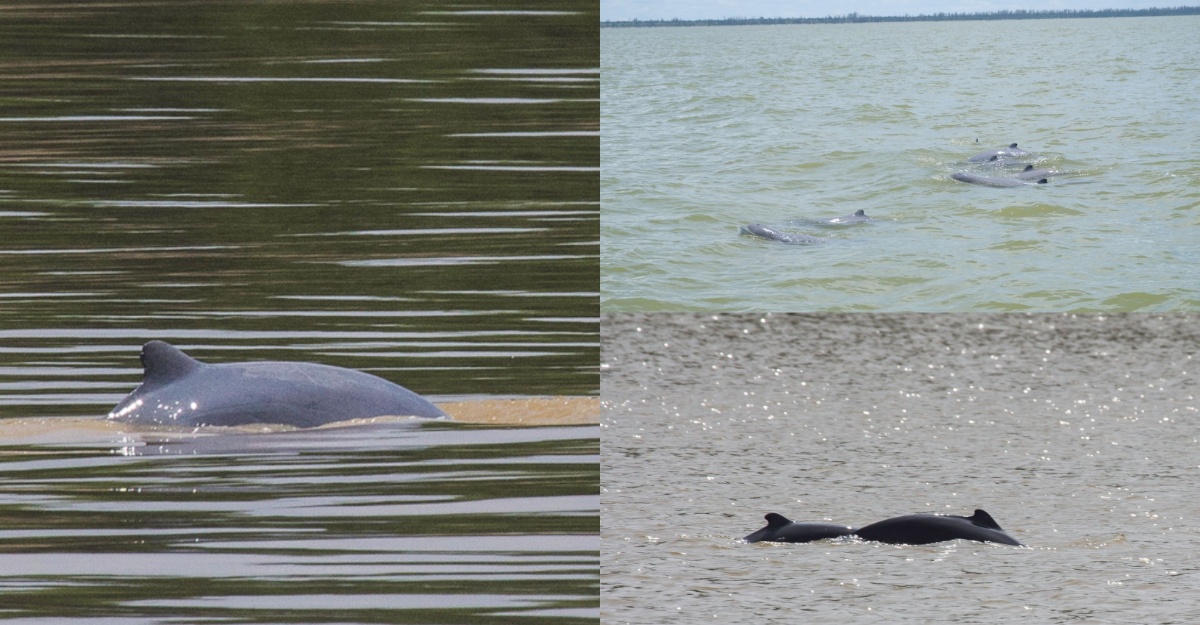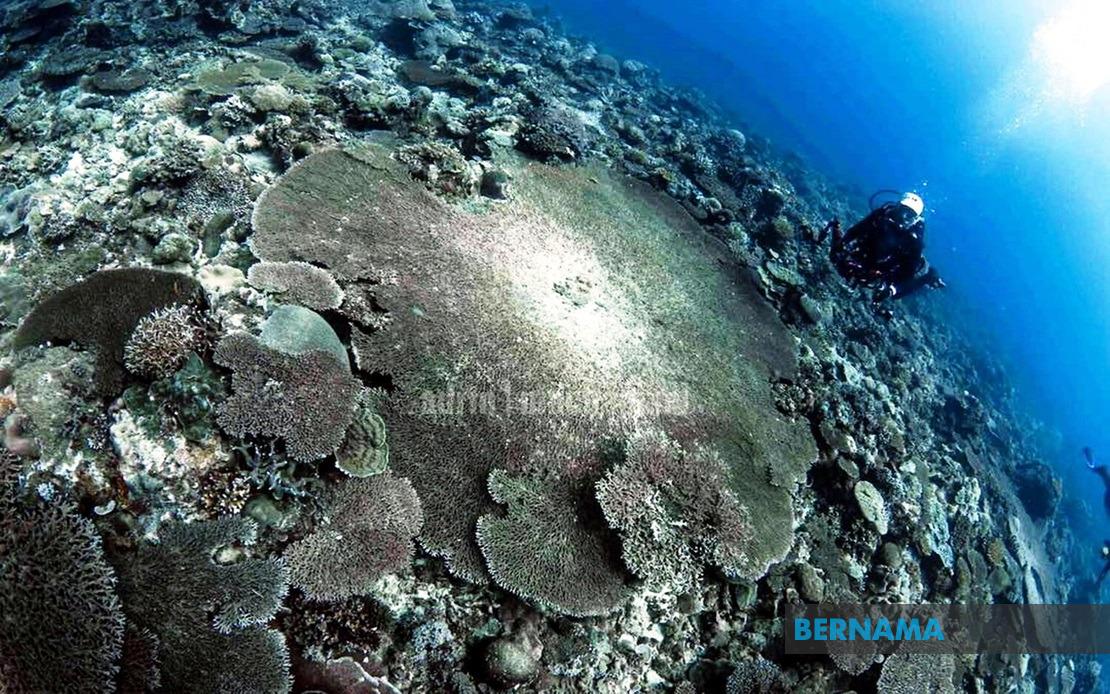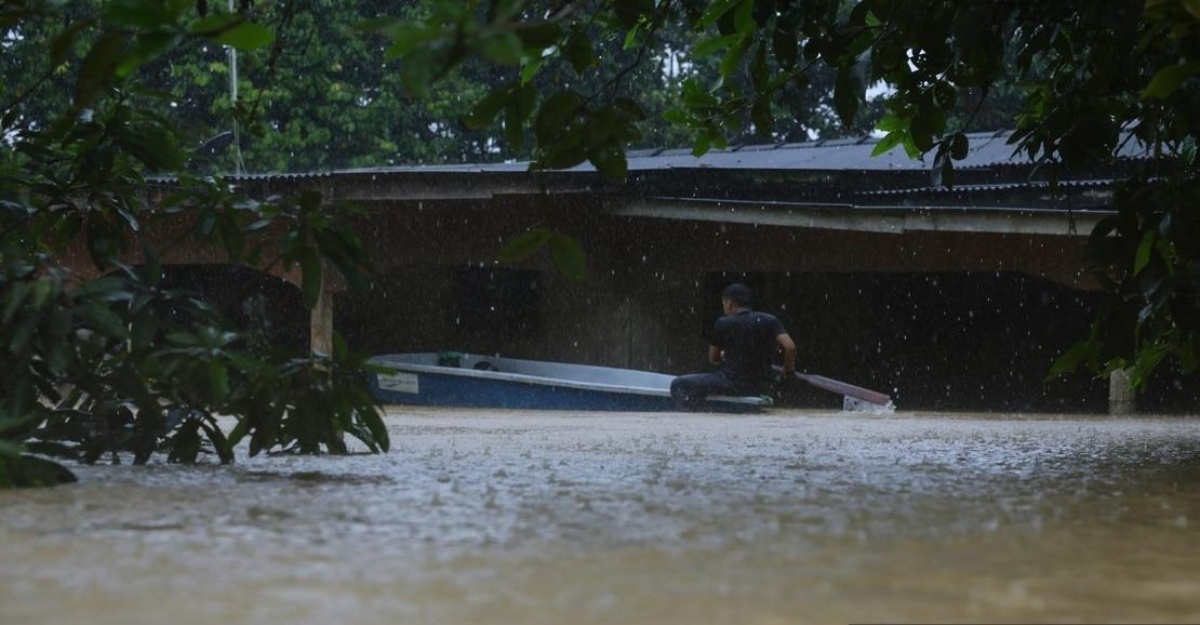In the remote villages of Rajang, Belawai, and Paloh, nestled along the coastline of Sarawak, lies a world where time moves to the rhythm of the waves. Here, amidst the swaying mangroves and azure waters, an ancient dance unfolds between humans and nature — a dance that has echoed through generations, binding the fate between local fishers and the enigmatic Irrawaddy dolphins.
As the sun rises over the horizon, casting a golden hue upon the tranquil waters, local fishers embark on their daily quest. Among them is Mohd Fadzlie, a seasoned seafarer whose weather-beaten face tells the tales of countless voyages. For Mohd Fadzlie and his fellow fishers, the sight of Irrawaddy dolphins breaking the surface, affectionately known as bung in the Melanau language, is not just a welcome spectacle but a harbinger of livelihood.

“Whenever we see the Irrawaddy dolphins,” he reminisces, “it’s like a blessing from the sea. They guide us to the best fishing spots, and their presence assures us of a bountiful catch.” With a knowing smile, he recounts the countless times Irrawaddy dolphins have led their boats to schools of fish, their sleek forms slicing through the waves like silver arrows.

But beyond their role as guides of the sea, the Irrawaddy dolphins hold a deeper significance in the lives of these fishers — a bond forged over centuries of coexistence. Fisher Mohd Ishak shares a tale passed down through generations, a tale of courage and kinship between local communities and dolphins.
“There’s an old legend in our village,” he begins, his voice soft and filled with reverence. “It’s said that many years ago, during a fierce storm, one of our own was swept out to sea. But just as all hope seemed lost, an Irrawaddy dolphin appeared, offering its fin as a lifeline. It carried our ancestors back to shore, back to safety.”

Such stories permeate the fabric of daily life in these coastal communities, weaving a tapestry of folklore and tradition that celebrates the Irrawaddy dolphins as protectors and allies. For the fishers, the Irrawaddy dolphins are more than just marine creatures — they are companions on their journey.
As the day draws to a close and the sun dips below the horizon, the fishers return to shore, their boats laden with the day’s catch. But their connection with the Irrawaddy dolphins does not end with the setting sun — it transcends the boundaries of time and space, anchoring them to a shared heritage that stretches across the vast expanse of the ocean.
Yet, amidst the tales of camaraderie and companionship, a shadow looms over the horizon — the spectre of extinction threatening this delicate equilibrium. Generations of local fishers are unaware of the perils lurking beneath the surface. Incidental catches and habitat degradation pose a grave threat to the survival of the Irrawaddy dolphins, casting a pall of uncertainty over their future.
In the face of these challenges, a beacon of hope emerges — a unique approach that seeks to empower local fishers as stewards of their aquatic environment. Through collaborative efforts between local communities, Sarawak Forestry Corporation, Universiti Malaysia Sarawak, and WWF-Malaysia – a new chapter unfolds in the age-old saga of humans and dolphins.
Enter Sharul Azizi, a younger fisher turned citizen scientist, whose journey embodies the spirit of this collaboration. Born and raised in Paloh, Sarawak, he has witnessed the ebb and flow of life along the coast, his bond with the Irrawaddy dolphins forged through years of shared experiences.
“I grew up believing that the Irrawaddy dolphins were our friends,” Azizi reflects, his gaze fixed on the horizon where the sea meets the sky. “But when I learned about their endangered status, it was a wake-up call. I knew I had to do something to protect them — to repay the debt of gratitude we owe them.”
And so, Azizi embarked on a new chapter in his life, carrying a tablet equipped with survey apps alongside his fishing net, ready to document Irrawaddy dolphin sightings and report any incidents of stranding or incidental catches. As he traverses the familiar waters of his childhood, Azizi becomes a beacon of hope for his communities — a guardian of dolphins, armed not with harpoons but with knowledge and compassion.
Through collaborative training programmes and citizen science initiatives, Azizi and his fellow fishers have mastered the scientific methods of data collection using the Survey123 App, blending their traditional wisdom with modern technology. Engaged in the trial phase for about 7 months now, they actively provide feedback and suggestions to refine this innovative approach. Together, they forged a formidable alliance — one that bridges the gap between tradition and conservation, between past and future.
“We may not have conservation training or scientific accolades,” Azizi remarks, his voice filled with conviction, “but we know these waters like the back of our hands. By working together, we can protect our Irrawaddy dolphins and ensure that future generations can continue to marvel at their beauty.”

As the sun sets on another day in Sarawak, a sense of optimism pervades the air—a belief that through collaboration and community empowerment, we can safeguard the Irrawaddy dolphins of Rajang, Belawai, and Paloh for generations to come. In the timeless dance between humans and nature, may we find harmony, echoing through the waves for eternity.
The stories of Mohd Fadzlie, Mohd Ishak, and Sharul Azizi are just a few among many that illustrate the deep connection between Sarawak’s fishers and the Irrawaddy dolphins. As these communities continue to navigate the challenges of conservation and sustainability, their shared bond serves as a beacon of hope — a reminder that by working together, we can protect the treasures of the sea for generations to come.
Now, more than ever, it is crucial for each of us to recognise the importance of Irrawaddy dolphins and our marine environments. Educating ourselves about their plight and supporting conservation initiatives is essential. By learning more and spreading awareness, we can all contribute to ensuring that the harmony between humans and nature continues to thrive. If you come across a stranded dolphin, please report it to local authorities immediately. Together, we can make a difference — the future of our oceans depends on it.








